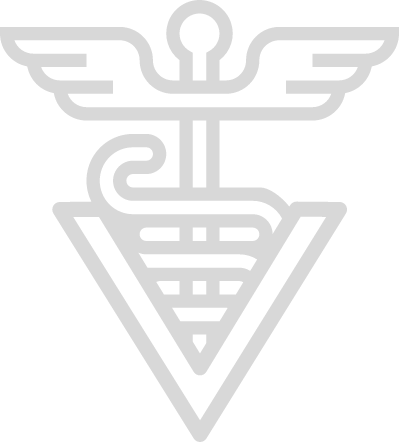
YOU ARE OBSERVING
Hip (Pelvis) Shape or Height Asymmetry Viewed from Behind
Summary
Trauma to the most forward bony bump of the hip bone (tuber coxae) is quite common, resulting in so called "knocked down hip". This injury is often sustained from a fall onto the side, or by hitting the area on a gate or stall door. Non-painful asymmetry usually results from an old injury. There is often no current lameness or gait deficit. However, more recent or serious injuries of the pelvis can result in both asymmetry and lameness.
As mentioned in the "Hunter Bump" record, you may also see and feel asymmetry of the tuber sacrale at the top of the hip that can result from strain of the sacro-iliac joint.
-
Code Orange
Call Your Vet at Their First Available Office Hours- If you notice any lameness or have any other concern.
-
Code Yellow
Contact Your Vet at Your Convenience for an Appointment- If you do not notice lameness or pain, only a swelling.
- If you are considering purchase, be sure to have a purchase exam performed.
your role

What To Do
Recognize that asymmetry of the pelvis may or may not cause problems for a horse. The most important factors include the particular structures injured and how recently the injury occurred.Assess lameness at the walk and trot, paying attention to how the horse tracks- the movement of the limbs and feet. Does one limb seem to step shorter than the other?
It is important to be able to evaluate the symmetry of anatomic landmarks on the left and right of your horse. Keep in mind that it is very easy to falsely identify abnormalities. Be sure to stand the horse on an even and level surface. I am best able to assess symmetry between the two sides of the pelvis by standing behind the horse and palpating the anatomic landmarks of the pelvis with each hand simultaneously. I don't recommend this though because it may not be safe in some horses.
Press on the regions as you go to see if you notice swelling, heat or a a pain response. Share your findings and concerns with your vet.
What Not To Do
Do not stand behind your horse and assess structural symmetry by feel unless you have the confidence and relationship with your horse to feel safe doing it.Do not purchase a horse with obvious pelvic asymmetry without full evaluation by your vet.

Skills you may need
Procedures that you may need to perform on your horse.
your vet's role

- Do you notice lameness now?
- Do the hind limbs seem to track and move evenly?
- When did you first notice this?
- Did your horse suffer from an accident or injury, recently or long ago?
- Is the area painful to pressure with your hands?
- Are you considering the horse for purchase, or currently own the horse?
- Can you send a photo of the problem?
Diagnostics Your Vet May Perform
Figuring out the cause of the problem. These are tests or procedures used by your vet to determine what’s wrong.
Diagnoses Your Vet May Consider
The cause of the problem. These are conditions or ailments that are the cause of the observations you make.
Treatments Your Vet May Recommend
A way to resolve the condition or diagnosis. Resolving the underlying cause or treating the signs of disease (symptomatic treatment)
